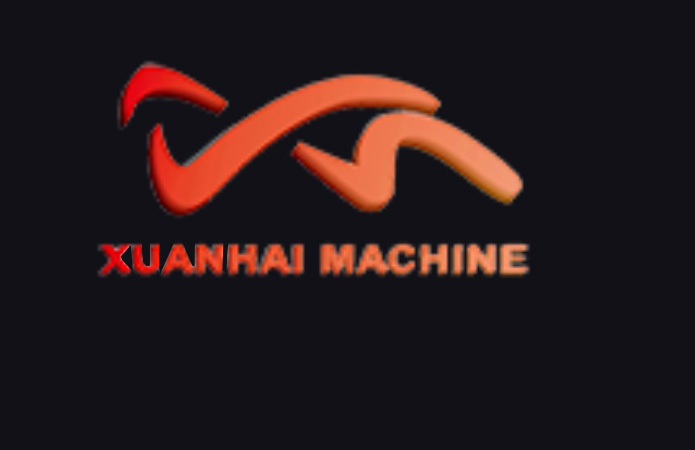Teach you which paper food boxes can be put into the microwave?
When you're hungry and at home, or working overtime and don't have time to cook or go out to a restaurant, ordering fast food is a common choice for most people. In recent years, with growing global awareness of environmental protection, "plastic restriction" has become a global consensus, and many countries and regions are actively taking action to limit and ban plastic.
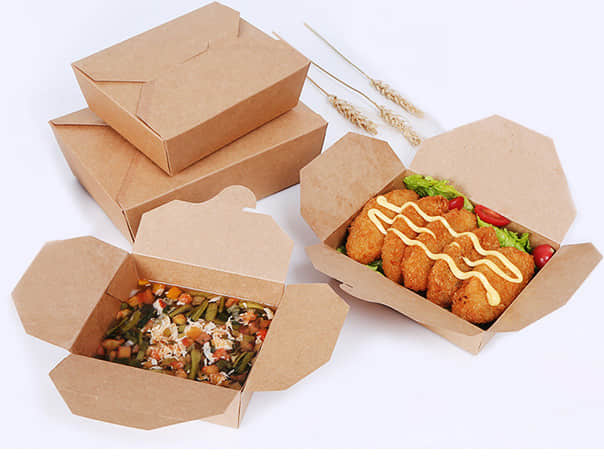
The use of paper containers for takeout and fast food is also becoming increasingly common. They are highly regarded for their environmental friendliness and convenience in takeout and delivery services. Those who frequently order takeout or fast food at fast food restaurants have probably wondered: If food gets cold because it's not consumed immediately, and you want to reheat it in a microwave, can you actually microwave it?
This question is very common in communities and forums, and people offer a wide range of answers, ranging from those who support and those who oppose it. The answer isn't a simple "yes" or "no"; it depends on the paper food boxes material, coating, and manufacturing standards.
Definition of paper food boxes
First, we need to understand paper food boxs as food packaging. paper food boxes are made from paper. Paper food box making machines use die-cut paper to product disposable food containers. These are low-cost and convenient to use. Based on the raw materials used, they are categorized into three types: cardboard food boxes, pulp molded food boxes, and laminated food boxes. Laminated food boxes are the most common.
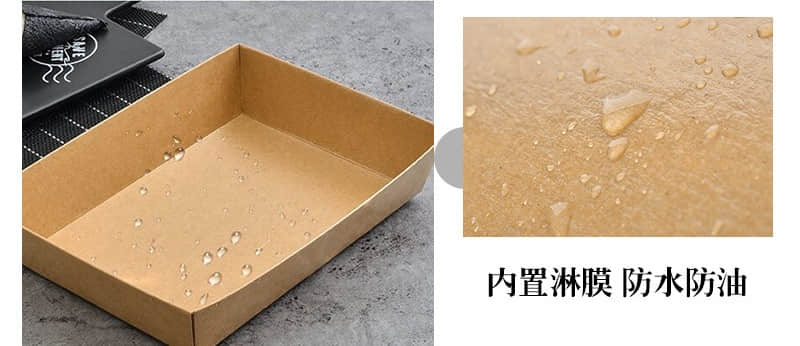
The smooth, waxed-like interior of the paper lunch box is a result of a plastic coating. This is the most common laminated paper lunch box. The benefit of this type of paper lunch box is that the coating enhances its water and oil resistance. Another characteristic of laminated paper is its heat-sealing properties. Paper food box making machines can heat-seal the boxes without the use of glue, enabling high-speed, high-volume production.
This allows paper food boxes to withstand temperatures of around 90°C and effectively block water, making them suitable for packaging food and handling both hot and cold drinks.
Microwaves largely heat the water in the material. When a paper food box is placed in the microwave, the microwave will only slightly heat the box and won't ignite the paper, so the harm isn't to the paper!
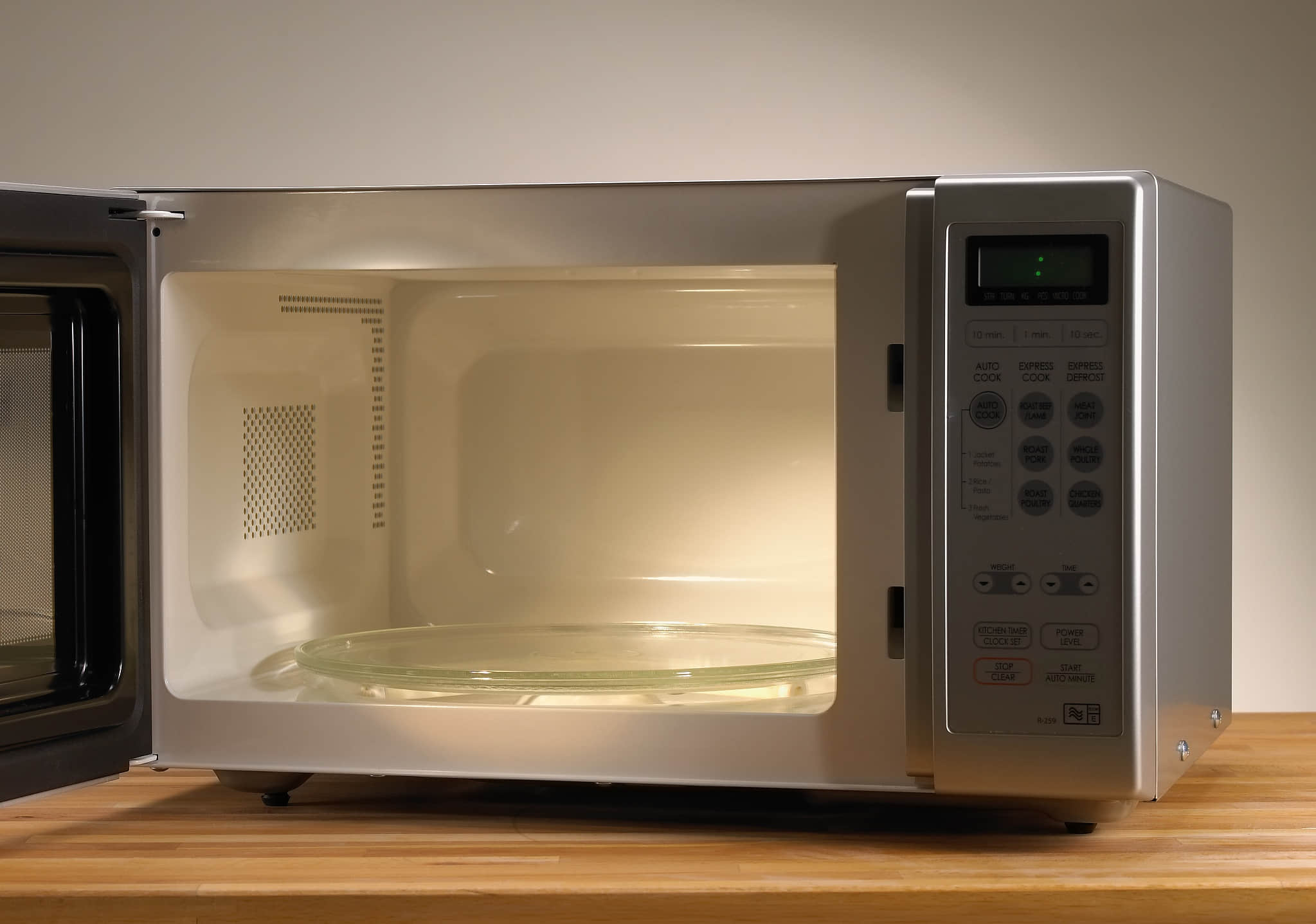
Whether a paper food box can be microwaved depends primarily on whether it contains plastic. The plastic coating we mentioned earlier is a non-degradable plastic. If this type of coated paper food box isn't carefully considered, it can produce harmful substances when heated. Long-term consumption can affect human health.
Common coating materials for paper food boxes include polyethylene (PE), polypropylene (PP), and polylactic acid (PLA).
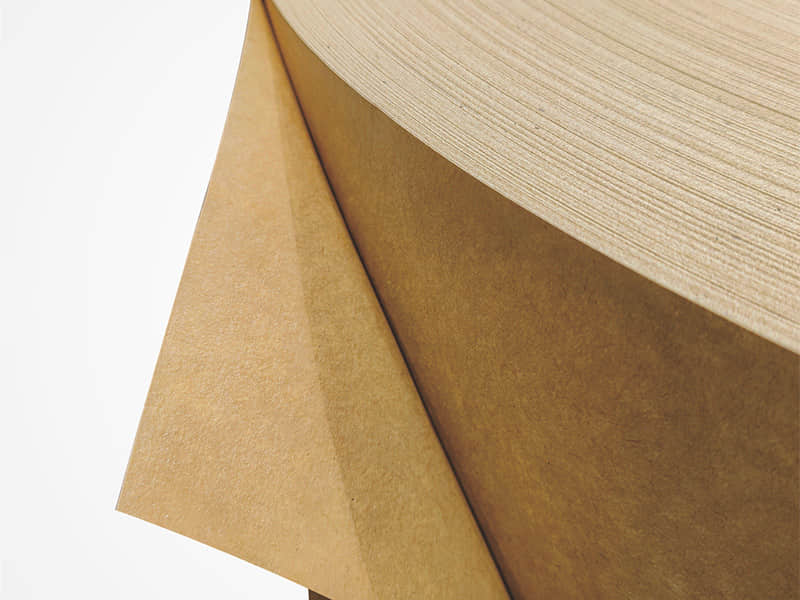
The vast majority of paper food boxes on the market are coated with polyethylene (PE), but PE coatings are non-degradable, non-repulpable, and difficult to recycle.
Does this mean my paper food box can't be microwaved?
Of course not! Water-based coatings like polypropylene (PP) and polylactic acid (PLA) are biodegradable coating materials, offering the advantages of resource conservation, repulpability, and recyclability.
Taking a 300g/m² food card as an example, a PE coating requires at least 18g/m², while a water-based coating only requires 5-10g/m², saving more than half the amount of PE coating.
Common Coating Paper Food Boxes
1. PE Coating
Properties: The most common waterproof and oil-resistant coating, with excellent barrier properties and processing stability.
Heat Resistance Temperature: Approximately 80-100°C.
Usage Recommendations: Suitable for storing hot food or soup for short periods of time. Not recommended for long-term, high-temperature microwave heating, but acceptable for short, low-power heating.
2. PLA Coating
Properties: Made from plant starch, it's primarily environmentally friendly and biodegradable, but is relatively heat-sensitive.
Heat Resistance Temperature: Approximately 45-60°C.
Usage Recommendations: Suitable for storing cold or room-temperature meals. Not suitable for microwaves or high-temperature storage, as it can easily deform or soften.
3. PP Coating
Properties: This food-grade plastic offers the most comprehensive functionality and is the most stable plastic material for microwave heating.
Heat Resistance Temperature: Approximately 100-140°C.
Usage Recommendations: Suitable for foods requiring high microwave heating, such as convenience store food boxes. It offers high-temperature resistance, safety, and stability.
Microwave Recommendations:
Of course, when heating paper food boxes in the microwave, remember to remove the plastic lid to prevent steam accumulation and food contact with unsafe materials. Heat for short intervals (e.g., 1-2 minutes) to minimize risk. Next time you want to heat your paper food box, first confirm with the restaurant or fast food outlet whether the paper food boxes they use are PE or PP coated and whether they can be heated. If you're unsure about paper lunch boxes, use microwave-safe ceramic or glass containers to avoid increasing the risk of food contamination.
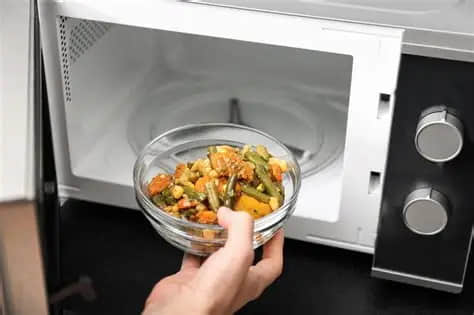
Paper food box production
Although some paper food boxes can be heated in a microwave oven, their safety depends on the materials and manufacturing standards. As the number of customers in the catering industry increases, the demand for disposable paper food boxes in the market is also growing. If you want to produce or invest in the paper food box industry independently, a good paper food box making machines that can provide paper food boxes with high efficiency and high quality is your ideal choice. Whether it's a hamburger box, French fries box, fried chicken box, bento box, rice box, or the custom paper lunch box you want, Click to get our recommended professional paper food box making machine
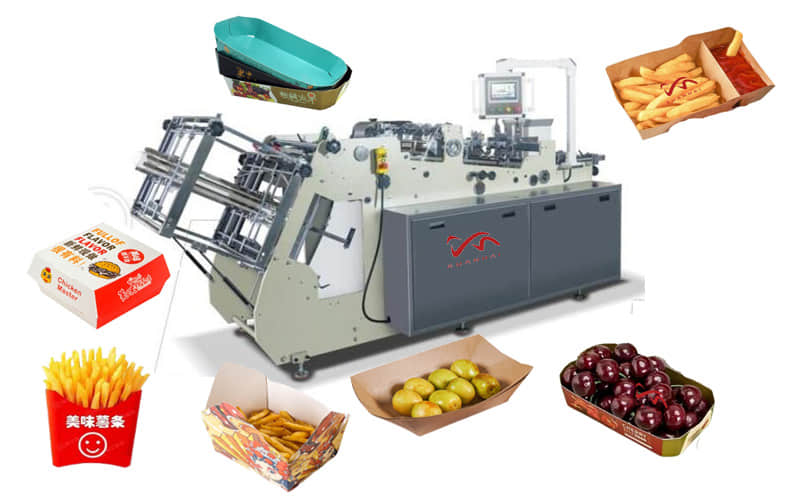
Call for action:
Invest in a reliable paper food box making machine to improve your packaging quality and build consumer trust.

